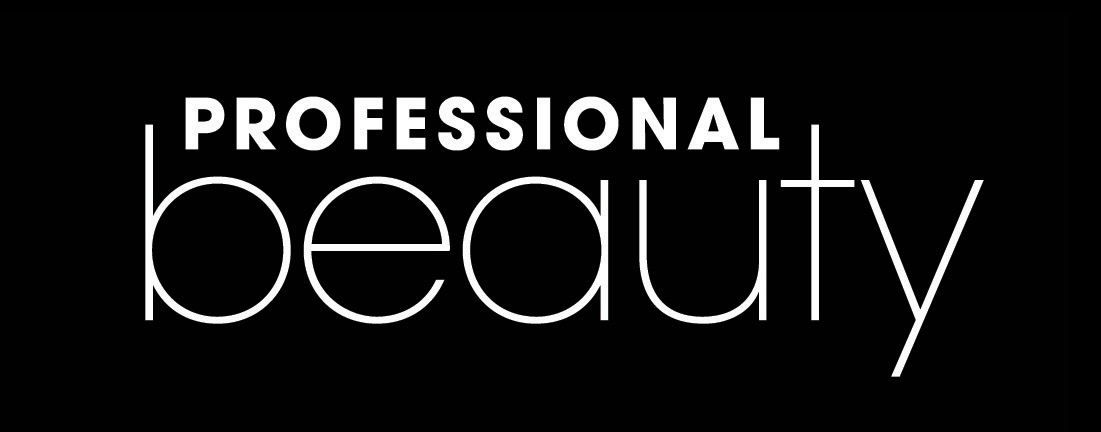Beauty and wellness is the most dynamic industry. The key to running a successful salon and spa in this creative and zealous industry is effective financial planning.
Priyanka Parshurami brings you valuable insight into the importance of financial planning for a sustainable salon business. From the experts, Blessing A Manikandan, CEO, of Toni & Guy, South Asia; and Sahil Gupta, CEO, of Bodycraft Spa & Salon.
Importance of fund management to run a successful salon:
Financial discipline in the salon business is very important. Especially during CapEx (capital expenditure) to save investment and build a salon in a planned budget which can give the best ROI. When it comes to OpEx (operating expenditure), it is a daily affair. And we need to forecast our sales and expenditures to ensure sufficient cash reserves and cash flow. To meet the monthly commitments like rent, salary, EMI, etc. – Blessing A Manikandan, CEO, Toni & Guy, South Asia
Effective ways to save money for a rainy day:
Salons need to work regularly to evaluate expenditures across cost heads in order to generate healthy margins. And put aside surplus money for a rainy day. Monthly budgeting across all functions should be a key exercise that is conducted on a regular basis.
Sahil Gupta, CEO, of Bodycraft Spa & Salon, highlights crucial areas to investigate and save money:
a. Staffing – A salon should plan for adequate staffing to cater to peak demand. And a productivity factor of five should be delivered by all service providers. Marking a variable part of the compensation to performance will ensure this. A multi-skilled workforce will also increase the factor of productivity.
b. Procurement – Ideally, procurement of consumables should not exceed 12-15 per cent of the net income, proper service BOQs (bill of quantities) and utilisation of mono-kits. This will ensure reduced wastage, slow-moving and expired products. On the retail side, these products should regularly be removed from the system. An inventory should be managed in a lean manner to reduce blocking too much capital in products.
c. Rent and utilities – While rent is pretty much a fixed cost, the salon owner should ensure that the entire area is optimally used. To build revenue realised from the space. Expenses related to electricity and water can be reduced. By incentivising the operations team to bring down electricity and water bills.
d. Marketing – Tracking marketing activities to determine which activities result in genuine footfall and conversions for the salon is essential to monitor. Spending should be directed towards activities that have the highest return on ad spend.
e. Corporate overheads and miscellaneous expenditure – A clear alignment of the corporate team to the business’s objective of generating and saving money is important. Key responsibilities should clearly call out tangible performance indicators marked back to these objectives.
Blessing further adds, “Try revenue share models with both landlords and staff, with a minimum guarantee. Negotiate your personal and business loan interests. Optimise your entries and manage them wisely with technology. So, optimise your inventories and re-Invest* in the same business.”
Sahil also explains, “Making cost-cutting exercise an integral routine a salon can build a framework of efficient processes and practices that build a healthy bottom line for the business.”
Tips for effective fund management:
- Daily check the sales, check the settlement copy, check the money deposited in the bank, and plan your CapEx and OpEx as per the cash flow. And invest in the same business! – Blessing
- Any surplus generated from the business could be invested in a secure financial instrument that ensures capital preservation and some returns through the course of the year. Ensure that the instrument is liquid and does not have any significant entry or exit fee. – Sahil


